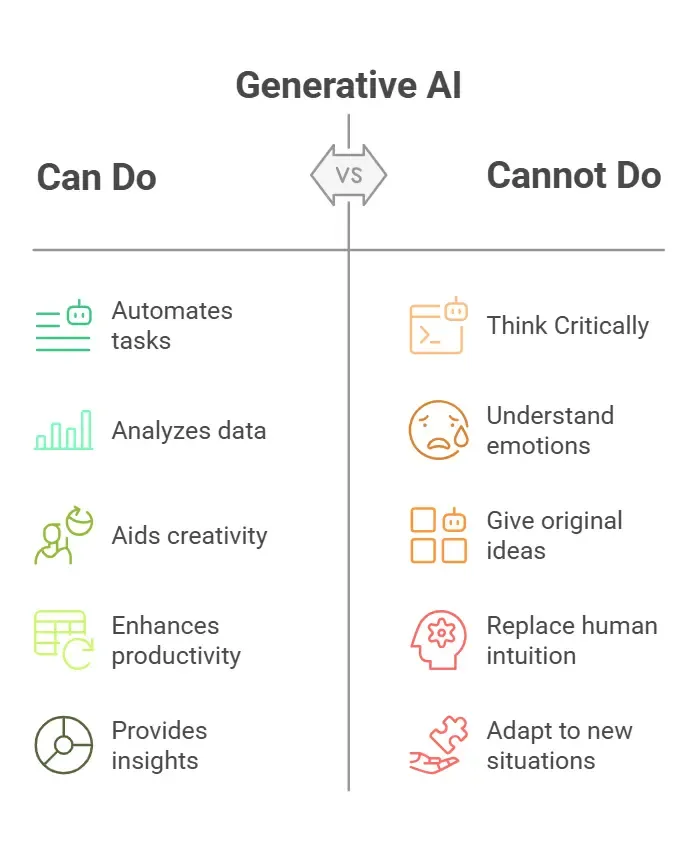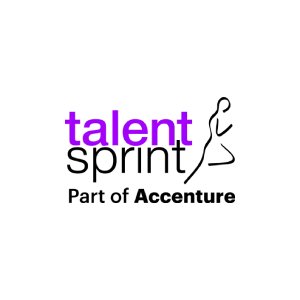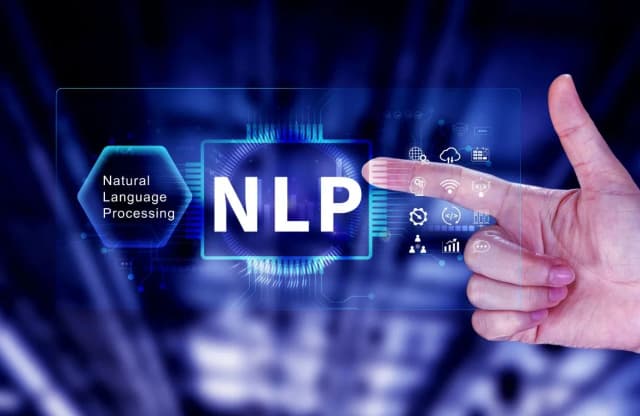Why Generative AI Cannot Replace Human Thinking (Yet)

Generative AI is capable of automating and enhancing overall productivity. The adoption and implementation of generative AI is high in India. Globally, India ranks second in generative AI adoption. India accounts for 12% of total AI usage for content editing and productivity enhancement.
This raises an important question about AI’s potential to replace humans.
Here’s the thing - AI tools can process massive amounts of data, but they lack genuine creativity and innovative thinking. These systems cannot create truly new ideas. They simply process and recombine information from their training data and struggle with complex, context-based decisions.
This piece gets into the actual capabilities and limitations of generative AI and clears up common myths about its ability to think like humans. You will find why AI works better as a powerful assistant that enhances human intelligence rather than replacing it.
What Generative AI Can and Cannot Do

Let’s understand what Generative AI can do:
- Content Creation: Generative AI can create content in many formats, from drafting emails to designing complex product components. Today's models can handle routine tasks that used to take up a lot of human effort.
- Data Processing and Analysis: AI shows remarkable capabilities in data processing and analysis. The system processes information much faster than traditional methods and provides practical insights in minutes instead of hours or days.
- Personalization: Generative AI shows great promise in personalization. The technology makes shared hyper-personalization possible by analyzing big data sets and adapting content to match individual priorities and behaviors. (Example: Marketing teams can rank sales leads by creating detailed consumer profiles from both structured and unstructured data).
- Ideation: Generative AI can be used during the ideation stage to convert vague ideas into realistic and actionable ideas. Thus, we can say it boosts creativity.
So, what generative AI cannot do?
- Critical Thinking: These systems might seem to understand what they generate, but they really don't. They work like pattern-matching machines rather than thinking beings with real understanding.
- Being Emotionally Intelligent: AI systems don't deal very well with complex cognitive and communicative skills that come naturally to humans. Marketers use AI tools for sentiment analysis, but current models still can’t read messages or understand tone as deeply as humans do.
- Generate New Ideas: Generative AI can create novel content; however, all the outcomes are based on data. So, they are still incapable of giving an original idea.
Common Misconceptions About Generative AI Thinking
Most people think generative AI really understands things. The truth is it just arranges words or pixels based on its training data and prompts. It doesn't truly comprehend or intend anything. The system follows probability rules from its training, and its processing is nowhere near as complex as human thinking.
Many people also believe AI shows real intelligence. While it copies certain aspects of natural intelligence in communication and memory, it barely scratches the surface of reasoning, abstract thought, and intuition. The biggest myth suggests AI has genuine creativity. AI produces content quickly, but it can't transform or break rules to create something truly new.
On top of that, people wrongly assume AI thinks with logic. In stark comparison to this belief, generative AI doesn't use strict logic or fixed math. The system makes use of information patterns from so large amounts of data. It predicts the next likely word based on context and training data, sometimes adding random elements to stay fresh.
Why Generative AI Cannot Replace Human Intelligence
Human intelligence is different from AI capabilities in several significant ways that make complete replacement impossible. Here’s how AI is different from human intelligence:
Associate Thinking and Creativity
The human brain connects seemingly unrelated ideas naturally. This skill, "associational thinking," creates the foundations of human creativity. This involves three brain networks:
- Default network that sparks spontaneous ideas
- Executive control network that maintains focused attention
- Third network that helps these two work together to produce real breakthroughs
Embodied Cognition
- Physical experiences play an important role in building how we perceive things
- Humans build intelligence through physical interactions and experiences
Ethical Decision Making
- AI lacks empathy, ethics, and moral judgment, which are essential in real-life decision-making.
- These human elements guide business, life, and society - something AI cannot fully grasp
Randomness in Thinking
- The human mind benefits from what psychologists call "noise" - randomness in thinking
- AI lacks divergent thinking, which fosters true creativity.
Generative AI: Assistant, Not Replacement
AI works best as a collaborative partner rather than completely replacing human workers. Tech experts now recognize this fundamental truth. The partnership between humans and AI creates "collective intelligence" - a combination that proves more powerful than either humans or machines working alone.
The workplace shows a clear pattern: jobs aren't disappearing; they're evolving. Marketing professionals now operate AI creative platforms instead of creating campaigns. Software engineers use Github Copilot rather than coding directly. AI manages mechanical tasks while humans apply their contextual knowledge and strategic thinking.
This partnership becomes highly effective through complementary strengths:
- Humans contribute creativity, emotional intelligence, contextual understanding, and ethical judgment.
- AI offers rapid data processing, pattern recognition, scalability, and precision
- Together, they produce outcomes superior to what either could achieve alone
Multiple fields demonstrate this powerful synergy.
- Healthcare studies reveal that AI-assisted diagnostics yield better results when doctors make final decisions.
- Business innovation teams find AI to be most valuable not for generating brilliant ideas but as a tool to convey concepts, expand exploration, and identify potential blind spots.
- Finance experts can minimize risks with AI-powered predictive analytics.
- Marketers can automate content creation and create hyper-personalized campaigns with AI.
New roles emerge as workplace integration grows - AI instructors, AI security engineers, and specialists who manage inputs and outputs to prevent bias.
The future workplace will function like specialized teams. Each AI agent will handle specific tasks under human supervision. This collaborative approach maintains human agency while maximizing productivity.
Conclusion
Generative AI is a powerful technological advancement that reshapes how we work. Evidence shows that AI works best with human intelligence. Both bring unique strengths to the table.
AI's true nature is a sophisticated pattern-matching system that excels at processing data and automating routine tasks. It lacks the fundamental human qualities of genuine understanding, creativity, and ethical reasoning that make human thinking irreplaceable. As noted AI researcher Yann LeCun puts it, "AI systems are very far from having the kind of common sense that humans have."
Your success in the AI era depends on becoming skilled at this human-AI partnership. Enroll in the Generative AI course to develop the skills needed to work with AI tools while you retain control of your distinctive human edge.
The future belongs not to AI alone but to professionals who know how to work with it. This partnership will give you control while making use of AI to improve your capabilities. Together, you can create outcomes that are superior to what either humans or machines could achieve alone.
FAQs
Q1. Can generative AI completely replace human thinking?
While generative AI can automate many tasks, it cannot fully replace human thinking. Humans possess unique qualities such as creativity, emotional intelligence, and ethical reasoning that AI currently lacks. AI serves best as a powerful assistant rather than a substitute for human intelligence.
Q2. How does generative AI's creativity compare to human creativity?
Generative AI excels at combinational and exploratory creativity, remixing existing ideas based on patterns in its training data. However, it lacks the ability for transformational creativity – breaking rules to create something fundamentally new. Human creativity involves intuition, emotional depth, and abstract thinking that AI cannot replicate.
Q3. What are the main limitations of generative AI?
Despite its impressive capabilities, generative AI has significant limitations. It lacks true understanding and contextual awareness, often producing inaccurate information. It struggles with emotional intelligence, complex decision-making, and ethical reasoning. Additionally, AI's outputs can be unpredictable, which can be problematic in industries requiring high reliability.
Q4. How can humans and AI work together effectively?
The most effective approach is a collaborative partnership between humans and AI. This creates a "collective intelligence" where AI handles routine tasks, data processing, and pattern recognition while humans focus on complex problem-solving, creativity, and strategic thinking. This combination produces superior outcomes compared to either working alone.
Q5. What skills should professionals develop to thrive in the AI era?
To succeed in the AI era, professionals should focus on developing skills that complement AI capabilities. These include critical thinking, emotional intelligence, creativity, ethical reasoning, and the ability to work effectively alongside AI tools. Continuous learning and adaptability are crucial as roles evolve with technological advancements.

TalentSprint
TalentSprint is a leading deep-tech education company. It partners with esteemed academic institutions and global corporations to offer advanced learning programs in deep-tech, management, and emerging technologies. Known for its high-impact programs co-created with think tanks and experts, TalentSprint blends academic expertise with practical industry experience.



